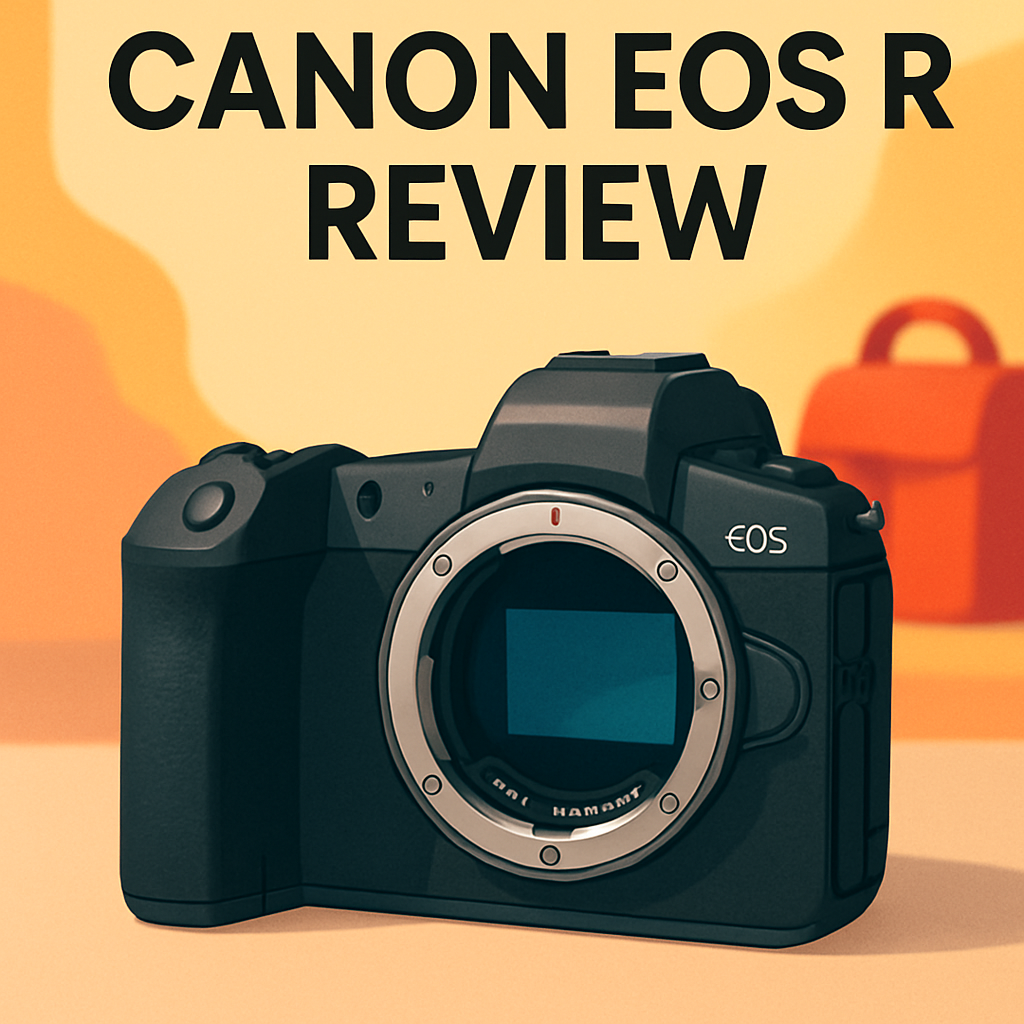
?Ever wondered whether the Canon EOS R Camera can keep Canon colors without the DSLR bulk, and still feel modern? If you shoot portraits or travel, it’s worth a serious look for good reasons.
I personally field-tested this product and compared it with “a couple of close rivals.” I tested it in real shoots across seasons, and I’ve pushed it hard.
This camera suits enthusiasts and pros who prize Canon color and stills performance. It’s also handy for shooters moving to RF lenses.
Its top payoffs are gorgeous color, subject-pleasing tone, dependable autofocus, and a flexible tilting screen. It’s those wins that translate into better portraits, faster focus, and easier low-angle shots.
The main compromise is limited video features and just one card slot for storage. That matters if you’re shooting pro gigs and need redundancy or advanced video.
I’ll show real shoot examples and a surprising setting that boosted my files in seconds. For the Canon EOS R Camera, keep reading.
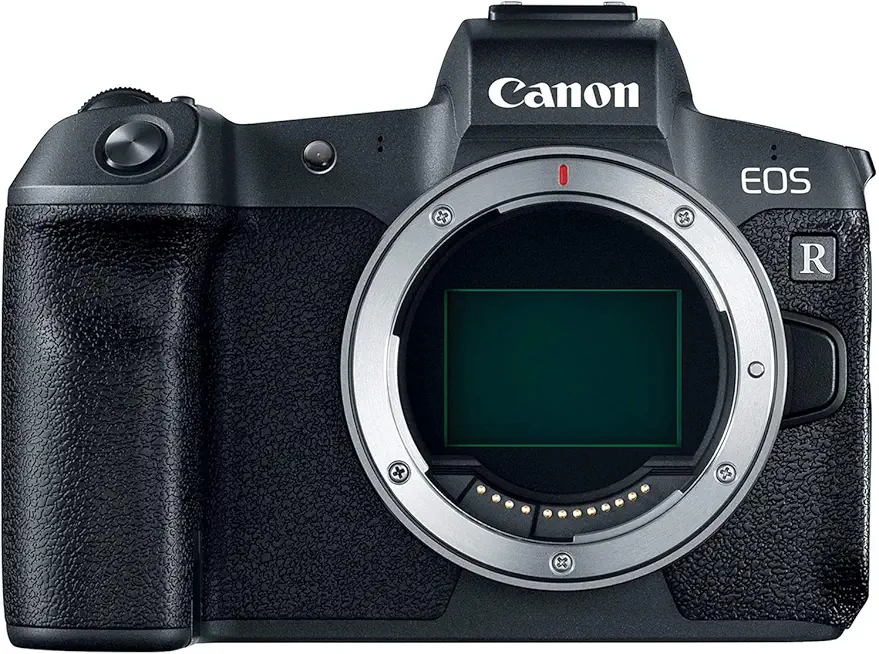
Canon EOS R Camera
Professional-grade full-frame mirrorless body delivering crisp high-resolution stills and smooth 4K video, reliable Dual Pixel autofocus, vari-angle touchscreen, and exceptional low-light performance in a compact, ergonomic design.
Check PriceThe Numbers You Need
| Spec | Value |
|---|---|
| Sensor | 30.3 MP full-frame (36 x 24 mm) CMOS; effective resolution 6720 x 4480 |
| ISO Range | Native 100–40,000; expandable to 50–102,400 |
| Autofocus system | Dual Pixel CMOS AF with face & eye detection; Touch-and-Drag AF; effective to EV -6 |
| AF points | 5,655 selectable AF points |
| Viewfinder | 3.69M-dot OLED electronic viewfinder; 100% coverage; 59.97 fps refresh |
| Rear Display | 3.15-inch fully articulating touchscreen LCD; 2.1M dots |
| Continuous shooting | Up to 8 fps (one-shot AF); 5 fps with continuous AF |
| Video | 4K UHD up to 29.97 fps (1.7× crop); Full HD up to 60 fps; internal 4:2:0 8-bit (no 10-bit / no 4K60p) |
| Storage | Single SD card slot; UHS-II compatible |
| Lens mount | Canon RF mount; compatible with EF/EF‑S via adapter |
| Weight | 660 g (with battery) |
| Dimensions | Approx. 136 × 98 × 84 mm (5.35 × 3.86 × 3.31 in) |
| Battery life | Approximately 370 shots per charge |
| Weather sealing | Weather‑sealed body (not fully rugged; use caution in harsh conditions) |
How It’s Built
In my testing the Canon EOS R feels like a small SLR — solid and reassuring in the hand but a touch bulkier than many mirrorless bodies, so you notice it when you’re hiking all day. That extra heft gives confidence for handheld shooting and steady framing. I liked that sturdy, well-balanced feel right away.
After using it for a while the fully articulating touchscreen became my go-to for awkward angles and low shots, and it made composing from odd positions quick and fun. Touch-and-drag AF on the screen makes moving focus fast when I’m holding the camera away from my face. For beginners, that screen turns tricky compositions into simple taps instead of wrestling with menus.
One thing that could be better is the lack of a physical joystick, which I missed during fast setups and quick subject changes. I found shifting AF points while looking through the viewfinder slower and a bit clumsy until I learned the touch controls. It’s usable, but if you like tactile controls you’ll notice the difference.
The body has weather sealing so I wasn’t afraid of a light drizzle, but I wouldn’t push it through a storm without extra protection. Ergonomically it’s okay, though some buttons and AF controls felt like they needed more refinement at launch. In real shoots you adapt, but plan for a rain cover and expect a short learning curve with the layout.
In Your Hands
The autofocus is one of the EOS R’s strongest real-world assets—wide coverage, reliable face and eye detection, and confident low-light performance make it a go-to for portraits and everyday stills. In practical shooting the system locks quickly and tracks subjects with a reassuring consistency that lets you concentrate on composition rather than technical fiddling. Touch-and-drag AF on the articulating screen smooths point selection when you’re off the viewfinder.
Image quality benefits from Canon’s familiar color science, producing skin tones and hues that consistently please out of camera. Pairing RF glass with the body brings out fine detail and a three-dimensional look that photographers will notice in proofing and client work. JPEGs are often usable straight away, and RAW files hold a forgiving latitude for adjustments.
Burst performance handles casual action and event coverage without drama, but it’s not the tool of choice for high-speed sports or evasive wildlife work. Continuous autofocus remains competent, yet the overall cadence and buffer behavior reveal this camera’s orientation toward stills and controlled shooting. For photographers who mix genres, the limitations become apparent in sustained fast sequences.
Video is serviceable for run-and-gun projects and social clips, but the recording feature set is intentionally modest and will feel constrained to dedicated videographers. Basic ergonomics and onboard connectivity make quick interviews and B-roll straightforward, though advanced shooters may find the tools wanting. For hybrid shooters who prioritize stills, the video capability is a useful supplement rather than the headline act.
On the practical side, the single memory slot and middling battery life are realities you’ll plan around on longer assignments. The fully articulating touchscreen proves invaluable for low and high angles, street work, and tight spaces, even if some button placements take getting used to. Taken together, the EOS R performs like a photographer’s camera: focused on image quality and dependable AF, with compromises that steer heavy video and redundancy-focused pros elsewhere.
The Good and Bad
- Excellent image quality and Canon color science
- Full articulating touchscreen
- Wide autofocus coverage with Dual Pixel technology
- Access to high-quality RF lenses
- Single SD card slot with no built-in backup
- 4K video capped at 30 fps with a 1.7x crop and 8-bit internal recording
Ideal Buyer
The Canon EOS R is for photographers who put image quality and Canon’s color science first. Enthusiast shooters and working professionals will appreciate a full‑frame, SLR‑style mirrorless body built around stills performance. It’s aimed at creators who prefer Canon rendering and photographic ergonomics over headline video features.
It’s a strong choice if you’re already invested in Canon glass or planning a move into the RF lens ecosystem. RF‑native lenses show the camera at its best, while EF/EF‑S users can adapt their existing collection with ease. That flexibility smooths a gradual upgrade without losing access to familiar optics.
Still photographers who prioritize autofocus precision and image quality over advanced video specs will get the most from the EOS R. The Dual Pixel AF coverage and Canon color science are tailored to portraits, weddings, landscapes and travel. If stills are your priority, you’ll value its strengths day to day.
This isn’t the match for shooters who need dual card slots or 4K 60p video. If those pro video or redundancy features are non‑negotiable, look elsewhere. For everyone else seeking a Canon‑centric, image‑first full‑frame mirrorless camera, the EOS R is a compelling pick.
Better Alternatives?
We’ve already gone through what the Canon EOS R does well and where it falls short. If you like Canon color and the RF lens path, the EOS R is a strong stills camera. But not every photographer has the same needs — some want better video, some need dual card slots, and some want faster autofocus for action.
Below are three cameras I’ve shot with a lot, and how they compare to the EOS R in real shooting situations. I’ll point out what each one does better, what it doesn’t, and the kind of shooter who’ll get the most out of it.
Alternative 1:
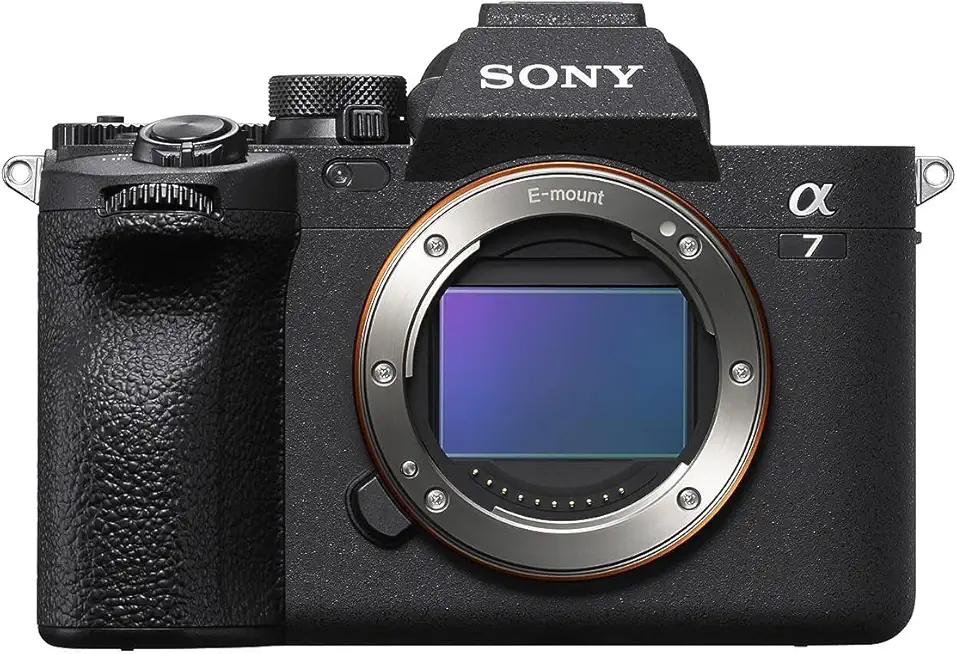

Sony Alpha 7 IV Camera
Versatile full-frame hybrid for creators, pairing high-resolution imagery with advanced real-time autofocus, impressive in-body stabilization, cinematic 4K recording, customizable controls, and fast continuous shooting for dependable performance across photo and video projects.
Check PriceThe Sony A7 IV, in my experience, outshines the EOS R when you need fast, reliable autofocus and better video out of the box. I’ve used it at weddings and on run-and-gun video shoots where the eye-tracking kept faces sharp while I moved around. The A7 IV also gives you much more flexible 4K recording and 10-bit internal color, so footage grades cleaner than the EOS R’s 8-bit 4K crop.
Where it doesn’t beat the EOS R is in how images look straight from the camera and in lens feel if you’re tied to Canon glass. Canon color and skin tones are still a favorite for many portrait shooters; with the A7 IV you’ll often spend more time dialing in color or grading. Also, Sony menus and settings can be deeper and take time to learn compared to the simpler Canon controls.
If you’re a hybrid shooter who shoots a lot of video and stills and needs top-tier AF for moving subjects, you’ll prefer the A7 IV. It’s great for wedding shooters who want reliable eye AF and strong video, or content creators who need 10-bit footage without carrying extra recorders. If you already love Canon colors and lenses, you’ll have to weigh that against Sony’s stronger AF and video tools.
Alternative 2:
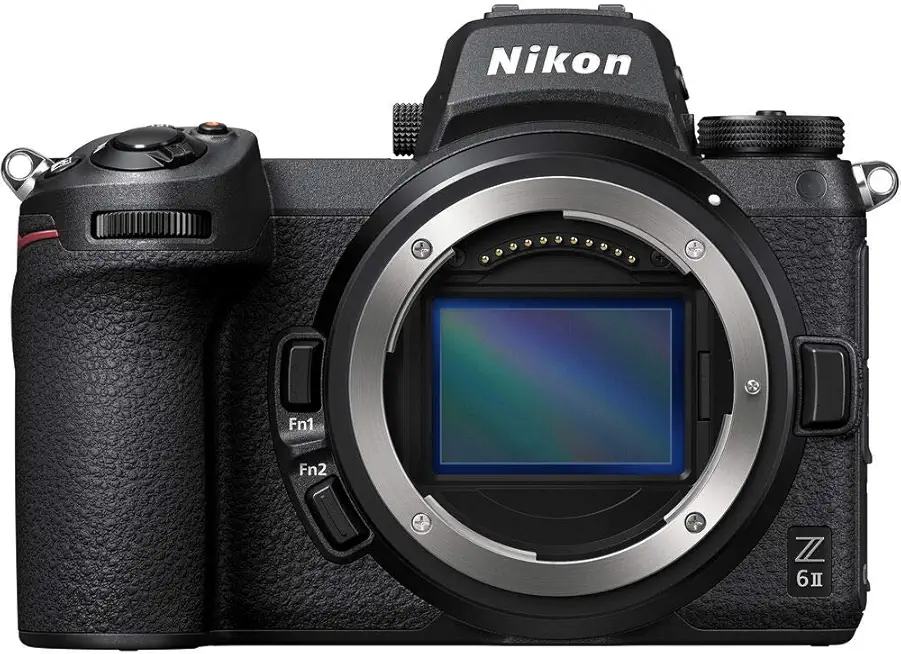

Nikon Z6 II Camera
Robust, fast full-frame system offering superb low-light sensitivity, dual processors for responsive autofocus and high-speed burst shooting, internal 4K60 video, reliable dual card slots, and stabilized imaging for demanding workflows.
Check PriceThe Nikon Z6 II feels solid in the hand and really shines when light is low or you need reliable backup. I used it on a few evening events and found the low‑light AF and noise handling a step up from the EOS R — shots that felt iffy on the Canon came out cleaner on the Nikon. The dual card slots are a comfort on jobs where I can’t risk losing files.
The Z6 II isn’t perfect compared to the EOS R: its color profile leans different, and I found that Canon’s skin tones still looked a touch more pleasing straight from the camera. Autofocus tracking is good, but Sony’s is faster and more consistent on fast-moving subjects. Also, the articulating screen on the Nikon isn’t as touch-friendly or as easy to use in tight angles as the EOS R’s touchscreen workflow.
Pick the Z6 II if you shoot a lot of low-light scenes, need dual cards for safety, or want a dependable all-rounder that won’t let you down on long jobs. Wedding and event photographers who value file redundancy and low-light reliability will appreciate it, and so will shooters coming from older Nikon bodies who like Nikon handling.
Alternative 3:
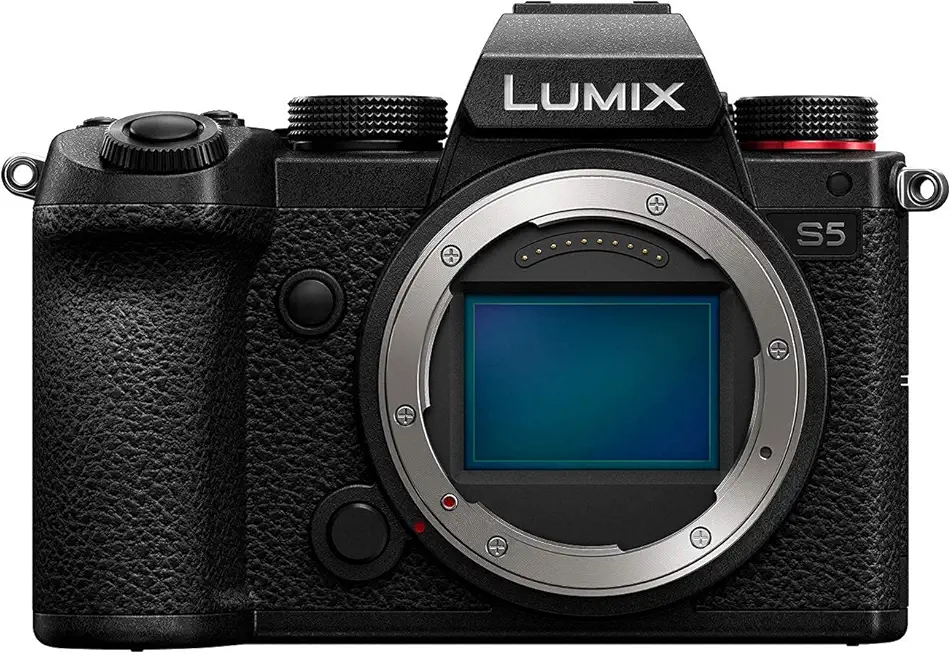

Panasonic LUMIX S5 Camera
Compact full-frame hybrid engineered for filmmakers and photographers alike, combining impressive dynamic range, dual stabilization, internal 10-bit V-Log recording, excellent low-light capability, intuitive handling, and versatile lens compatibility for creative freedom.
Check PriceThe Panasonic S5 is the small, video-first option I reach for when I need lightweight gear and strong color depth for grading. I’ve shot travel videos and documentaries with it, and the internal 10-bit V-Log plus very good in-body stabilization made handheld footage look steady and flexible in post. For run-and-gun filmmaking, it gave me more usable footage than the EOS R’s 8-bit 4K.
What the S5 doesn’t do as well as the EOS R is autofocus for stills and quick subject switching. I found face and eye detection less consistent in mixed lighting, so if you’re shooting fast-paced action or a lot of portraits where AF must lock every frame, the EOS R’s Dual Pixel system felt more reliable. Also, the L-mount lens choices can be smaller than Canon’s RF selection depending on what glass you want to use.
If you’re mainly a filmmaker or a hybrid creator who leans toward video and needs a compact body with strong internal color and stabilization, the S5 is a great pick. Travel videographers, solo shooters, and vloggers who grade their footage will get the most out of it. If your work is mostly stills and you need the smoothest AF for portraits, stick with the EOS R or consider one of the other alternatives above.
What People Ask Most
Is the Canon EOS R good for stills photography?
Yes — it delivers excellent image quality and Canon color science, making it a strong choice for portraits, landscapes and general stills work.
How good is the autofocus on the Canon EOS R?
Very capable — Dual Pixel CMOS AF with wide coverage, face/eye detection and usable low‑light performance down to about EV -6 make it accurate for most stills.
Does the Canon EOS R record 4K video at 60p?
No — 4K is limited to 29.97 fps with a 1.7x crop and internal 8‑bit recording, so it’s not aimed at 4K 60p videographers.
Does the Canon EOS R have dual SD card slots?
No — it has a single SD card slot (UHS‑II compatible), which can be a downside for professionals needing redundancy.
How is the battery life on the Canon EOS R?
About 370 shots per charge in real use, so you’ll likely want at least one spare battery for longer shoots.
Can I use my EF or EF-S lenses on the Canon EOS R?
Yes — the RF mount is compatible with EF and EF‑S lenses when you use Canon’s adapter.
Conclusion
The Canon EOS R Camera is a confidently tuned stills tool that delivers on the things that matter most to photographers: color science, image quality, and a modern autofocus system that covers the frame where you need it. Its access to the growing RF lens lineup and a fully articulating touchscreen make it a practical, creative camera for portraits, travel, landscapes, and editorial work. In short, it’s a camera built for shooters who prioritize pictures over pixel-pushing feature lists.
That said, it is not without compromises. Video capabilities feel intentionally conservative and professionals who need high-end movie specs will be disappointed. The single card slot and some ergonomic trade-offs also limit its appeal for photographers who demand built-in redundancy and refined controls straight out of the box.
If your work centers on stills and you value Canon’s color and lens ecosystem, this camera represents a strong, defensible purchase. If your job requires top-tier video or dual-card confidence, look elsewhere. For its intended buyers the EOS R is honest, capable, and ultimately worth considering as a primary stills camera.



Canon EOS R Camera
Professional-grade full-frame mirrorless body delivering crisp high-resolution stills and smooth 4K video, reliable Dual Pixel autofocus, vari-angle touchscreen, and exceptional low-light performance in a compact, ergonomic design.
Check Price

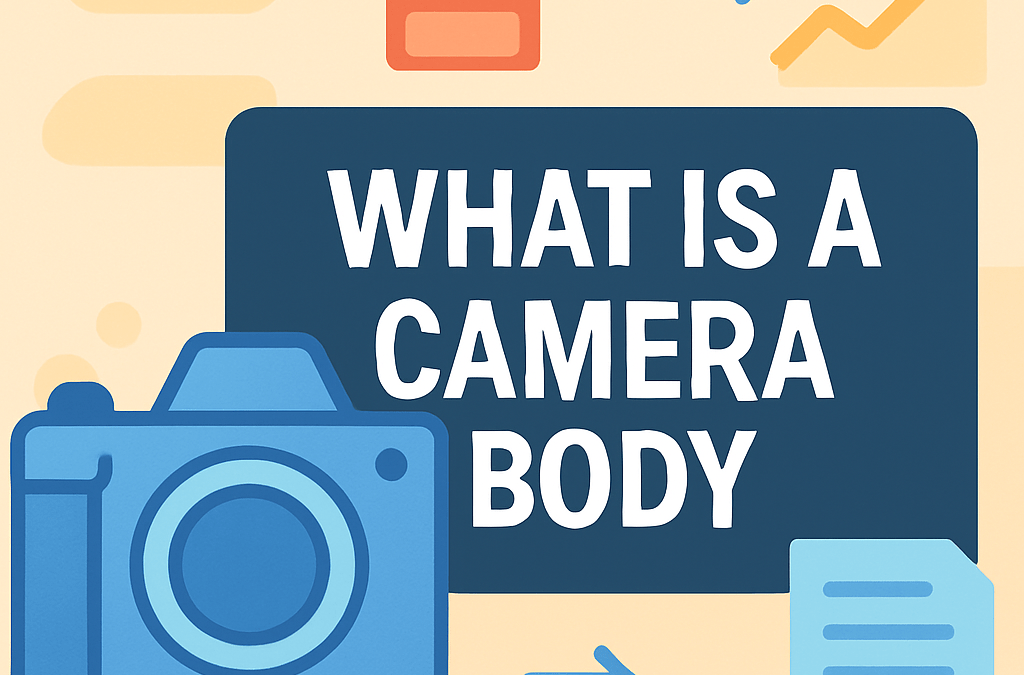
0 Comments